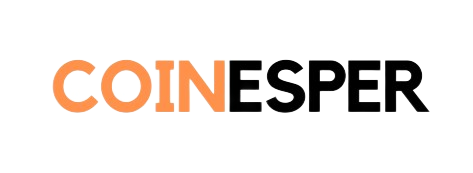If you’re new to blockchain technology, you might have heard of the term “blockchain oracles” and wondered what they are. In this article, we’ll explain what blockchain oracles are, provide an example, and discuss the different types of oracles.
Contents
What are Oracles on the Blockchain?
Blockchain oracles are a link between a blockchain and external data.
They act as a bridge between the blockchain and real-world data sources, such as sensors, market data feeds, and other off-chain sources of information.
Oracles are necessary because blockchains are self-contained systems that cannot access data from the outside world without help.
What is an Example of Blockchain Oracles?
One example of a blockchain oracle is Chainlink.
Chainlink is a decentralized oracle network that connects smart contracts to external data sources.
For instance, if you wanted to create a decentralized weather insurance application, you would need an oracle to retrieve data from a weather API and feed it into your smart contract.
What is the Best Blockchain Oracle?
It’s challenging to determine the best blockchain oracle because each one has its strengths and weaknesses.
Some of the most popular blockchain oracles include Chainlink, Band Protocol, and DIA.
When choosing an oracle, you’ll need to consider factors such as reliability, security, and the type of data you need to access.
What Type of Oracle is Blockchain?
Blockchain oracles are typically classified into two types: software oracles and hardware oracles. Software oracles are computer programs that collect and deliver data to a blockchain.
In contrast, hardware oracles are physical devices that retrieve data from the real world and feed it into a blockchain.
Does Bitcoin Use Oracles?
Bitcoin does not have a built-in oracle system, but some Bitcoin applications rely on oracles.
For example, decentralized finance (DeFi) applications that run on Bitcoin’s Lightning Network require oracles to access external data.
What are the Different Types of Oracles?
Apart from software and hardware oracles, blockchain oracles can also be classified based on their data source. There are three main types of oracles based on data sources: inbound oracles, outbound oracles, and consensus oracles.
Inbound oracles collect data from the real world and feed it into a blockchain.
Outbound oracles retrieve data from a blockchain and deliver it to the real world.
Consensus oracles use multiple data sources to provide a more accurate and trustworthy data feed.
Final Thoughts
Blockchain oracles are an essential component of the blockchain ecosystem, enabling smart contracts to interact with real-world data. There are many different types of oracles, each with its unique features and limitations. As blockchain technology continues to evolve, we can expect to see more advanced oracle systems that provide even greater functionality and security.


